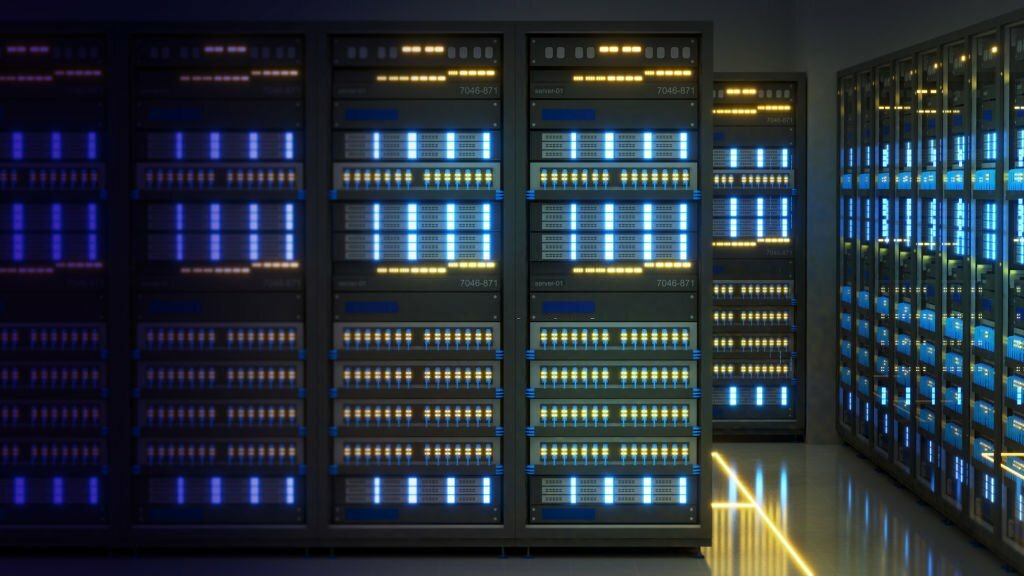Introduction:
In the fast-paced world of modern technology, the backbone of any efficient organization lies in its network infrastructure. The key components of this infrastructure, namely servers and switches, play a crucial role in determining the overall efficiency and performance of the network. In this article, we will delve into the essential considerations for selecting the right servers and switches to optimize network efficiency.
I. Understanding the Network Landscape:
Before delving into the selection process, it’s essential to understand the unique requirements of your network. Consider factors such as the size of the organization, the volume of data traffic, and the nature of applications running on the network. A comprehensive understanding of these elements will serve as the foundation for making informed decisions about the servers and switches that will best suit your needs.
II. Servers: The Heart of Network Operations:
A. Scalability and Performance:
Scalability is a critical factor when selecting servers for your network. As your organization grows, so will the demands on your network. Choosing servers with the ability to scale seamlessly ensures that your network can handle increasing workloads without compromising performance.
Performance is another key consideration. Evaluate the processing power, memory, and storage capacity of servers to match the requirements of your applications. High-performance servers contribute significantly to the overall speed and responsiveness of your network.
B. Virtualization and Cloud Integration:
In the era of cloud computing, the ability to seamlessly integrate servers with virtualization and cloud technologies is paramount. Virtualization allows for the efficient allocation of resources, while cloud integration enhances flexibility and accessibility. Opt for servers that support these technologies to future-proof your network infrastructure.
III. Switches: Directing Traffic with Precision:
A. Throughput and Port Density:
Switches act as traffic directors in a network, and their throughput capabilities directly impact data transfer speeds. Assess the throughput of switches to ensure they can handle the volume of data traffic in your network. Additionally, consider the port density of switches, as this determines how many devices can be connected simultaneously.
B. Layered Switching: Access, Distribution, and Core:
Organize your network switches into layers—access, distribution, and core—to improve efficiency and manageability. Access switches connect end-user devices, distribution switches aggregate traffic from access switches, and core switches handle high-speed data transfer between different parts of the network. Choosing switches that align with these layers ensures a well-organized and efficient network architecture.
IV. Security Considerations:
A. Network Access Control:
Security is a top priority in any network environment. Implementing robust network access control mechanisms is crucial for safeguarding sensitive data. Ensure that both servers and switches support features like VLANs (Virtual Local Area Networks) and access control lists to manage and restrict network access effectively.
B. Encryption and Data Integrity:
In an era where data breaches are a constant threat, selecting servers and switches that support encryption protocols is imperative. Encryption safeguards data during transmission, protecting it from unauthorized access. Additionally, prioritize switches with features like Quality of Service (QoS) to ensure the prioritized delivery of critical data.
V. Energy Efficiency and Sustainability:
A. Power Consumption:
Reducing the environmental impact of your network infrastructure is not only a responsible choice but can also lead to cost savings. Select servers and switches with energy-efficient designs to minimize power consumption without compromising performance. Look for certifications such as Energy Star to identify products that meet stringent energy efficiency standards.
B. Sustainable Practices:
Consider the overall sustainability practices of server and switch manufacturers. Companies that prioritize sustainability often produce products with longer lifecycles, reducing electronic waste. Additionally, explore options for recycling or repurposing hardware at the end of its lifecycle to further minimize environmental impact.
Conclusion:
Optimizing network efficiency through the careful selection of servers and switches is a multifaceted process. By understanding the unique needs of your organization, evaluating scalability, performance, security features, and embracing sustainability, you can build a network infrastructure that not only meets current requirements but also adapts to the evolving landscape of technology. In the ever-changing world of networks, making informed choices today ensures a robust and efficient foundation for the challenges of tomorrow.









